This year graduates of UNArte, at least those whose project I managed to see, focus in their diplomas on topics of identity and generative process. Whilst being quite different in terms of artistic expression, techniques and values, they have a common essence. Young artists used the opportunity to go on this inner journey in order to find their place in art, find themselves and what makes them artists and individuals, to establish connections with rights to being themselves and their artworks.
It could be also a trap for me as an observer and maybe because of this trap I saw only what I was able or wanted to see in their works. As I am aware of actual political and social issues that surround us, I was a bit surprised that former students chose to talk about concerns that are the closest to themselves.
Nevertheless, the exploration of identity and creation concerns could be a bedrock for every other important issue.
I see this tendency for introspection potentially connected with the fact that these projects are milestones signifying the end of an epoch in their life, something which requires catharsis and a feedback given to themselves and the others. This process of exploring of personal space and reflection makes slight but sufficient changes in the observer’s mind.
“After School” a project by Gabriela Petre, George Bîzgu and Elena Pîrvu, presented at Anca Poterașu Gallery, transmits a huge perplexity сaused by the graduation. When receiving a degree, the artists seem to lose something more: the identity given by years spent in University. And they try to overcome this by decomposing themselves, space, bodies, materials. Projects differ a lot even whilst being strongly connected to each other, which seems to be the result of the curatorial work of Raluca Oancea Nestor. Work with the gallery space deserves a praise in itself, as the exhibition fits in very naturally and interiors make a specific dialogue with artworks, echoing and framing them.
Gabriela Petre invites visitors in an intimate maze where she multiplied herself to few identities which compose together one person who is sexual, eccentric and childish. They complement each other, creating a holistic person. It made me think of multiple personality disorder, when a human being dissociates him- or herself, giving each sub-personality certain qualities. And these personalities change, stepping out from darkness, depending on the surrounding situation. But the truth is that we are all split and Gabriela’s project seems to me as the artist unites all her sides and gives them the possibility to be under the spotlight at the same time. And this spotlights turned towards her self-portraits reminded me of a book ‘The Minds of Billy Milligan’, in which the main character imagines his mind as a dark space full of his other personalities and the one which is about to take possession of his mind should step on a spotlight in the middle.
George Bîzgu shows a range of assamblage works where he combines paintings and separated parts of his studio. His abstract paintings and everyday objects create an interesting resonance. These pieces remind one how important the surrounding of the studio is and how this visual experience transforms in artworks that were created there. The space basically feeds the process, as well as other pieces of art do. This idea is presented through transportation of a fuse from the gallery’s wall to a hole in one of the paintings, where the cord of a red lamp of the installation is plugged in. This connection appears to me as an umbilical cord that connects mother and fetus.
Elena Pîrvu’s works displayed in gallery’s passage balance two concepts of the other two artists, Gabriella and George, as her works combine similar technique of working with different materials and putting them together on canvas and raising also issues of identity. Elena talks about the personality of an artist via disintegration and anonymity. Her works are results of a sort of laboratory’s work where you have to to decompose the whole into components and after reassemble them in the new order to come closer to understanding the essence.
Andreea Vlăduț and Simina Oprescu presented their diploma projects together in MAKE A POINT Gallery. It seems to me that artists had the primary idea of making a common project, but it became a bit polar in the result and this bipolarity in the focus gives the possibility to reconsider the role of animate and inanimate in art: the roles of material, process and personality.
Andreea Vlăduț’s project “Seconds in Value” is a combination of video installation and graphic results produced during the exhibition without her direct involvement, but by sound-object installation. This seems to question the role of the artist in the creative process: an artist just sets the frame and prepares the ingredients, then the process moves independently and the result could be surprising for the artist as well. Sound and graphic art live their own lives, being observed and experienced by Andreea. Which, as I see it, is a coherent understanding of the modern role of the artist. It also translates the idea of how connected creation and destruction are — the graphic works are created due to gradual destruction of material. This process echoes Michelangelo’s idea of giving freedom to the angel which is trapped in stone: the material bears an image and the artist gives value.
Simina Oprescu’s “Catharsis” is a great visualization of the psychotherapeutic practice of facing yourself by walking away. It is a break of an apathetic stupor which you experience when looking directly at yourself. The idea of purification is echoed in the cleanness and monochromatism of the video image. Cosmic patterns in the video support the artist’s idea of having the universe inside of yourself. We follow Simina’s movements and the flow of life shown in her video and in the meantime we start our own journey to find new but already known things inside of us.
Mihai Șovăială created his diploma project “Reacknowledged Structures: Models” in collaboration with his brother Horațiu Șovăială, who also graduated from the University of Arts few years ago. As I understand, a diploma in collaboration is a new thing for Romania. Despite not being very easy for the university’s bureaucracy, this kind of collaborations can be useful for graduates. In his project Mihai questions the right to reproduction of one’s face image, how one looses it after one has been photographed, especially in oppressive societies where the system can use your image for propaganda and you will remain anonymous and inglorious, and photographs taken by Horațiu bring the archive in connection to the contemporary period.
Nona Inescu’s project “Her latent image” is dealing with gender identity and how gender expectations from appearance transformed in time. She created a pretty ingenious view of a female boudoir, but very minimalistic and a bit deconstructed by presenting transformed items. This transformation stands for this change of pace and social and corporal exposure of women. The galley space Kube Musette also plays an interesting role as it looks as a shopping window from the street which gives an interesting resonance with the idea of objectivation of women in consumerist society.
“After school” featuring Gabriela Petre, George Bîzgu, Elena Pîrvu and curated by Raluca Oancea was at Anca Poterasu Gallery.
Andreea Vladut’s project “Seconds in Value” was at MAKE A POINT, as was Simina Oprescu’s “Catharsis”.
Mihai Șovăilă “Reacknowledged Structures: Models” was at Ann Art Gallery.
Nona Inescu “Her latent image” was at Kube Musette.
POSTED BY
Elisabeth Kovtiak
Elisabeth works independently on projects connected with arts, media, culture and non-formal education. Previously employed by the National Center for Contemporary Arts (Minsk, Belarus). MA student at...
elisabethkovtiak.weebly.com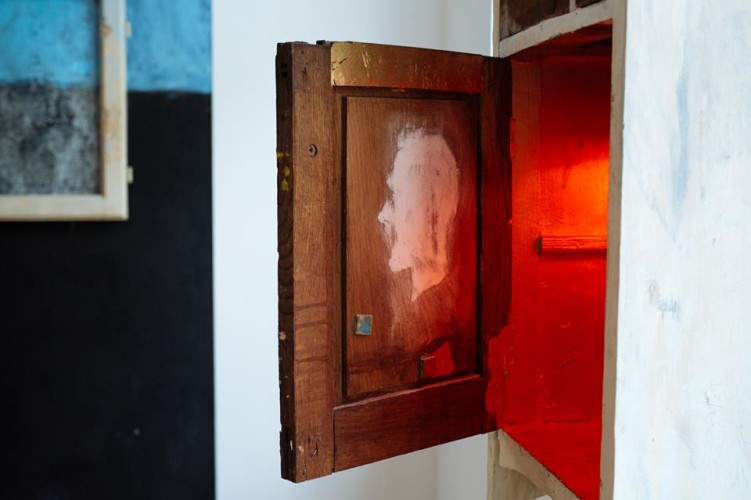
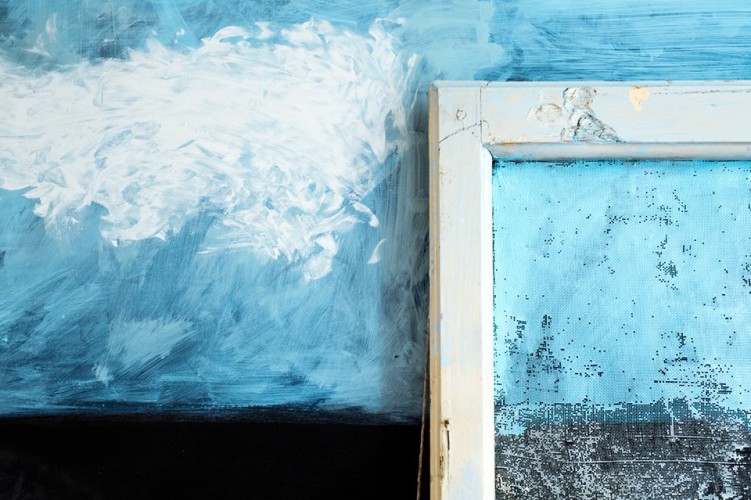
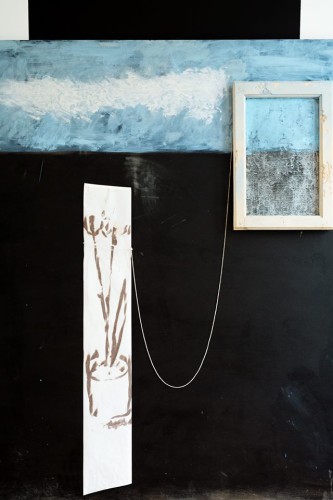
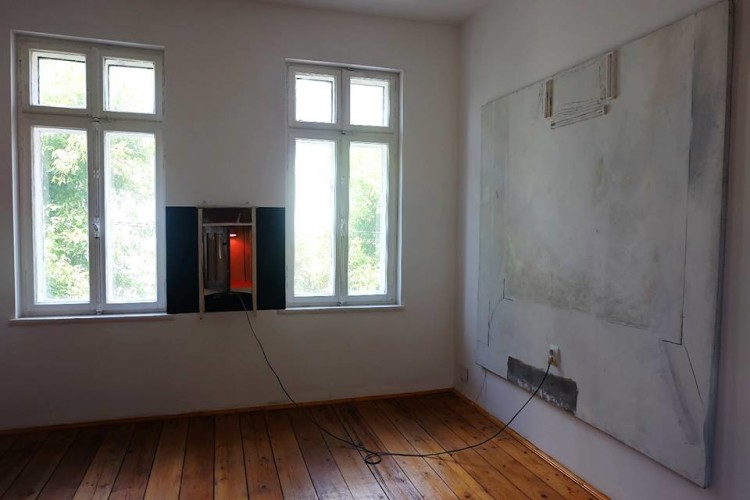
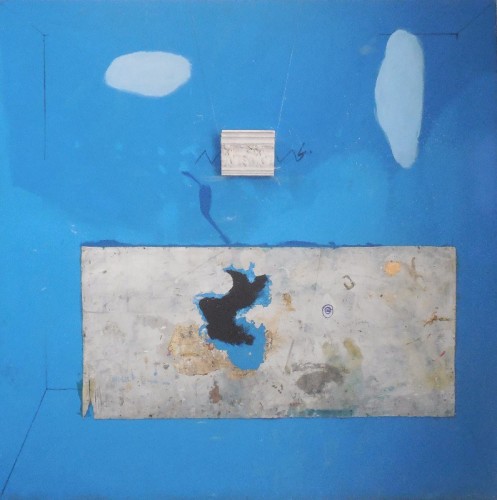
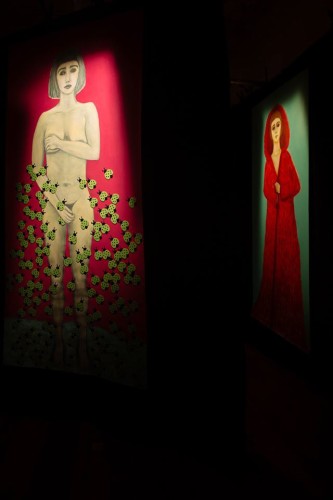
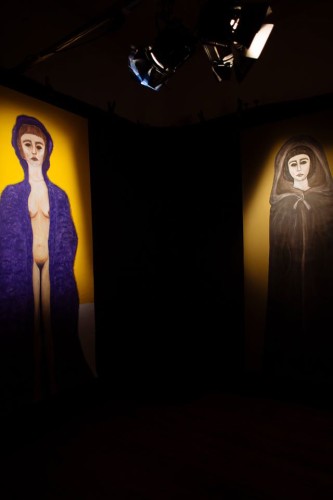
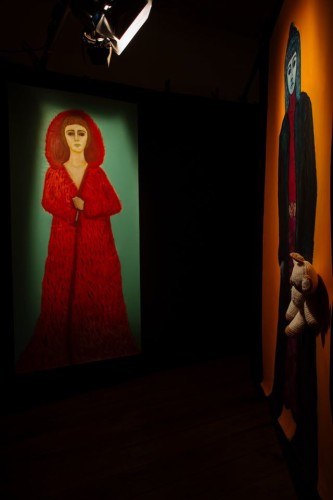
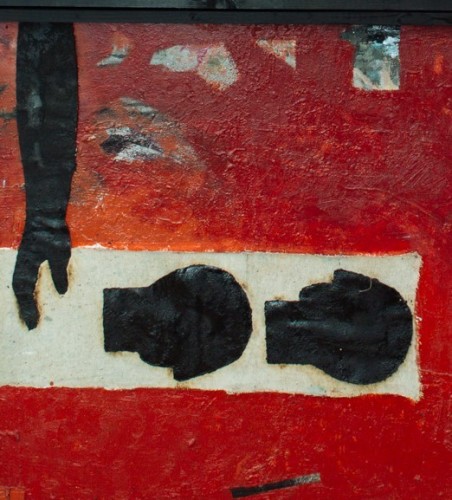
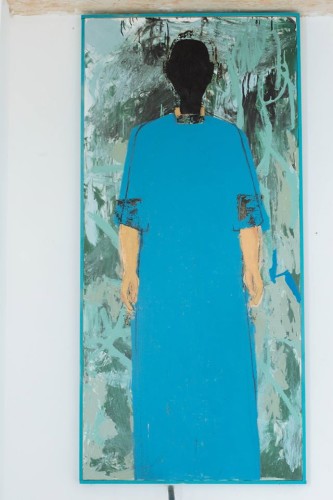
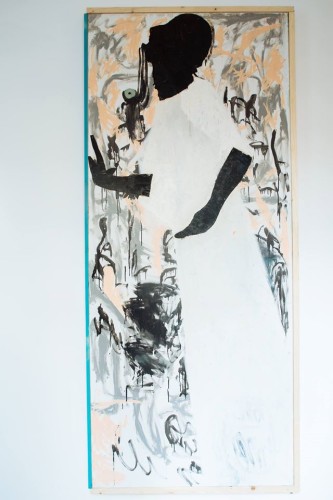
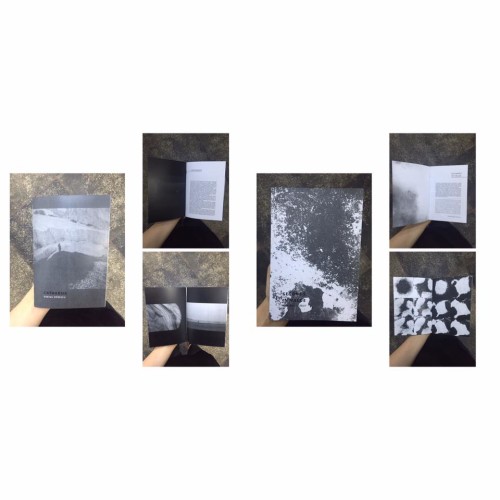
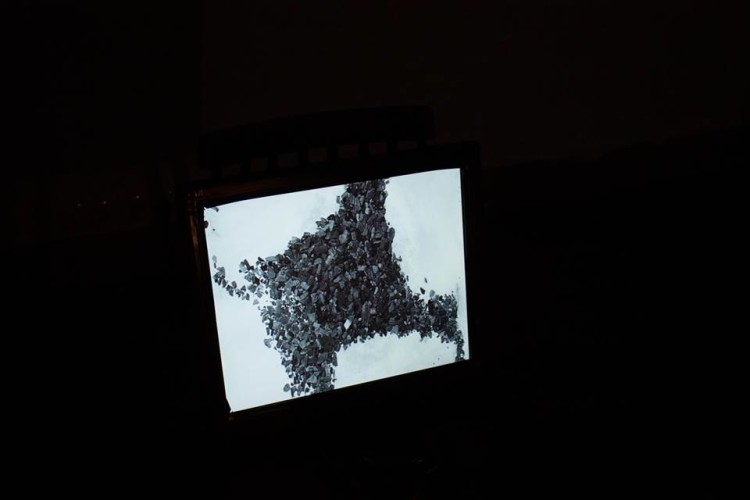
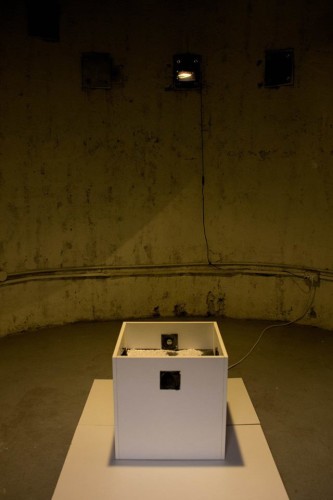
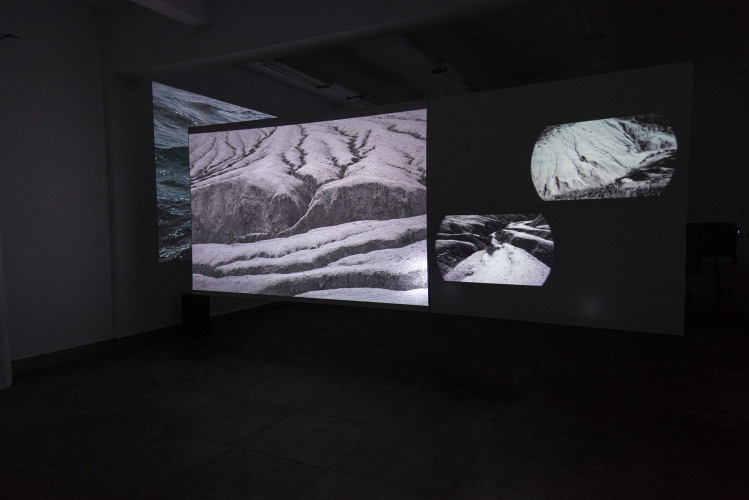

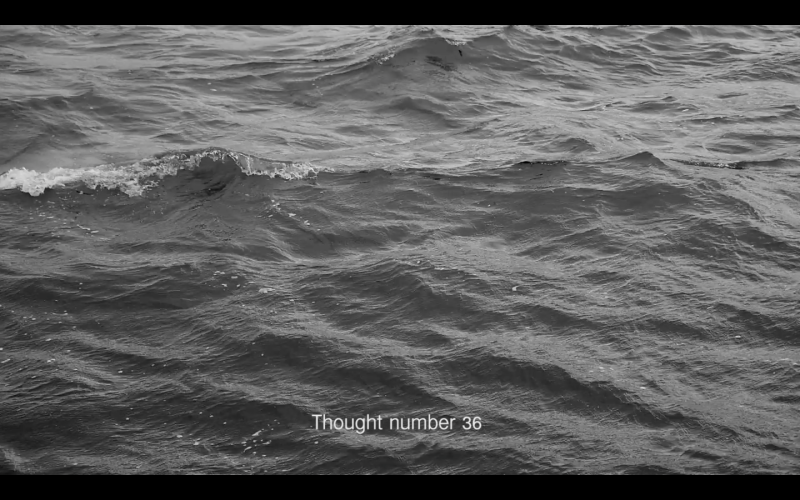
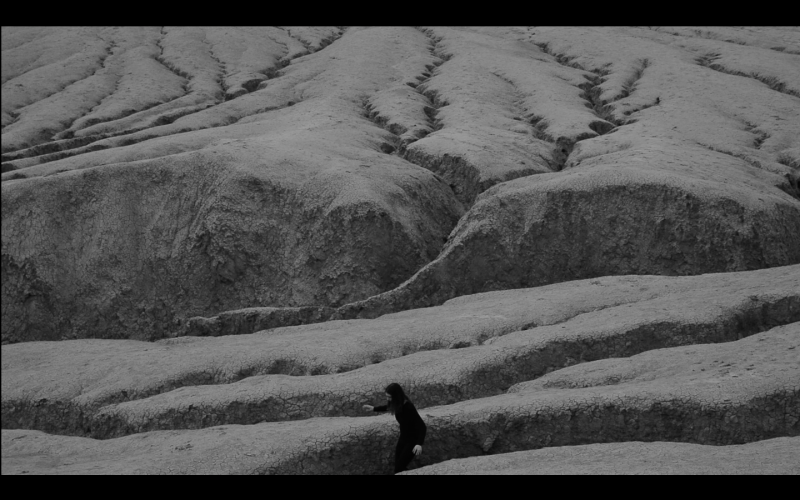
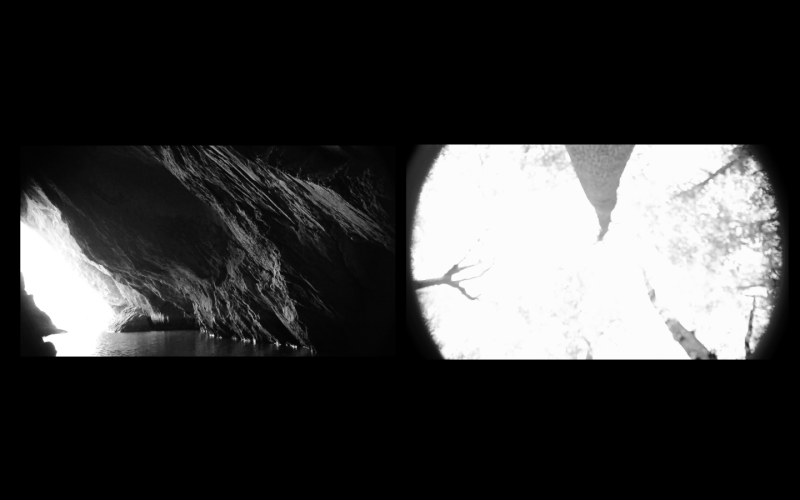
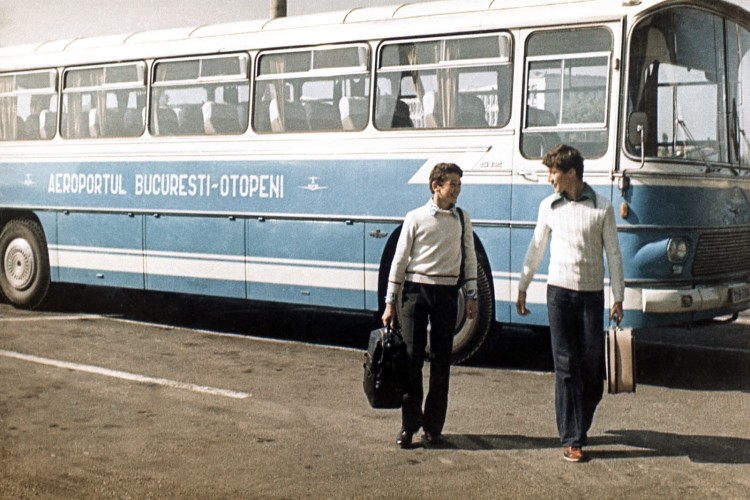
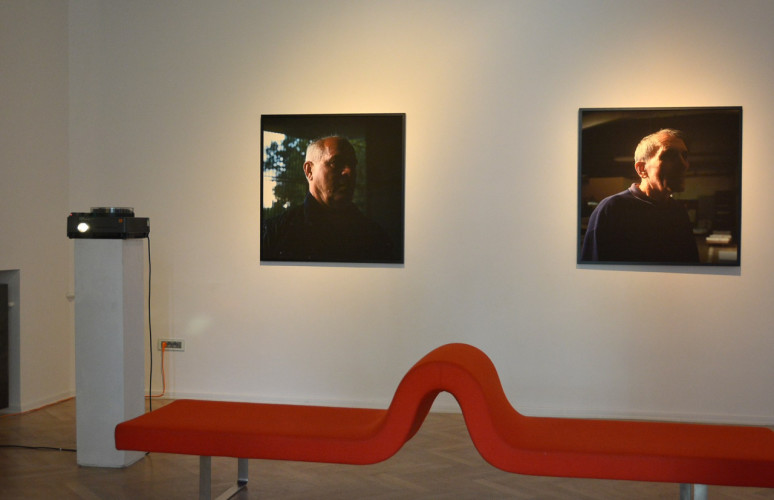
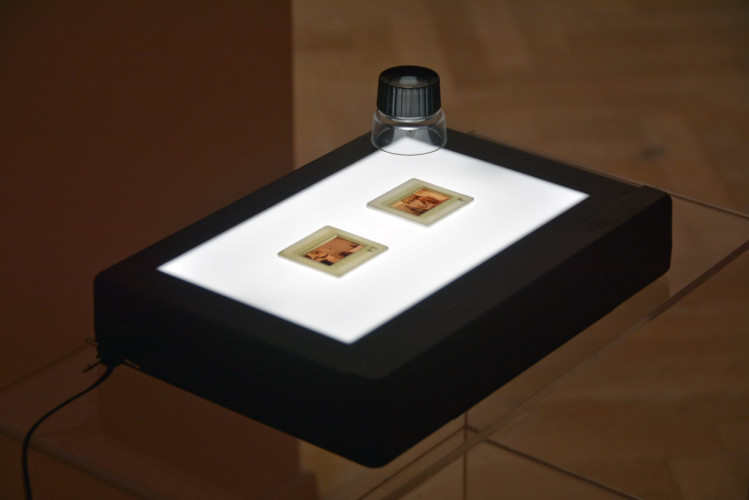
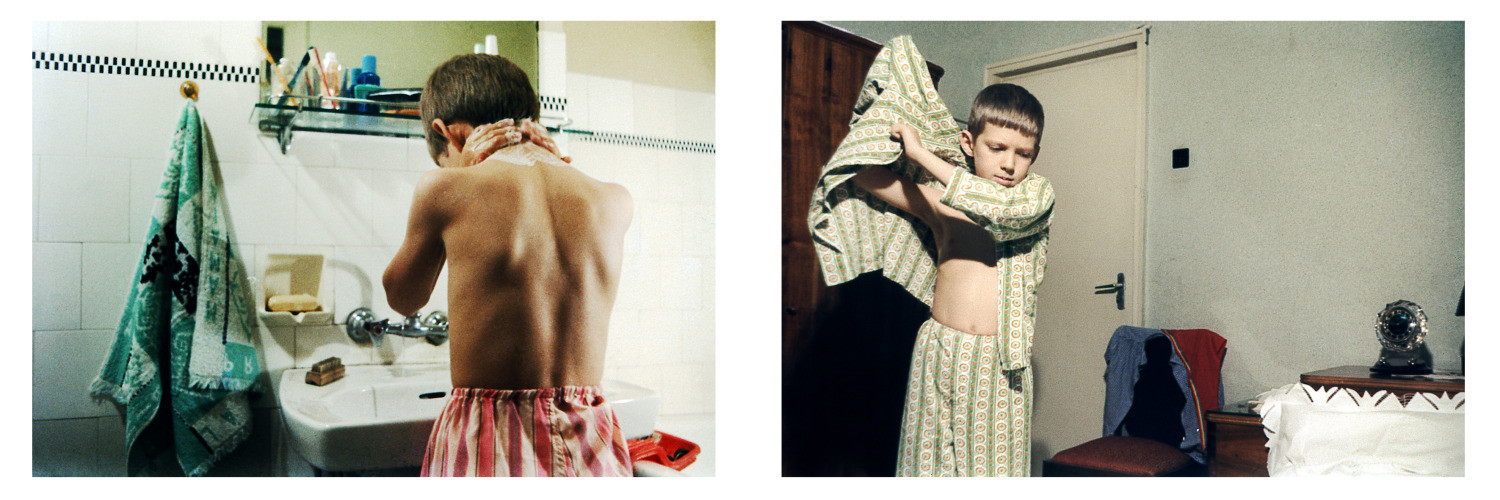
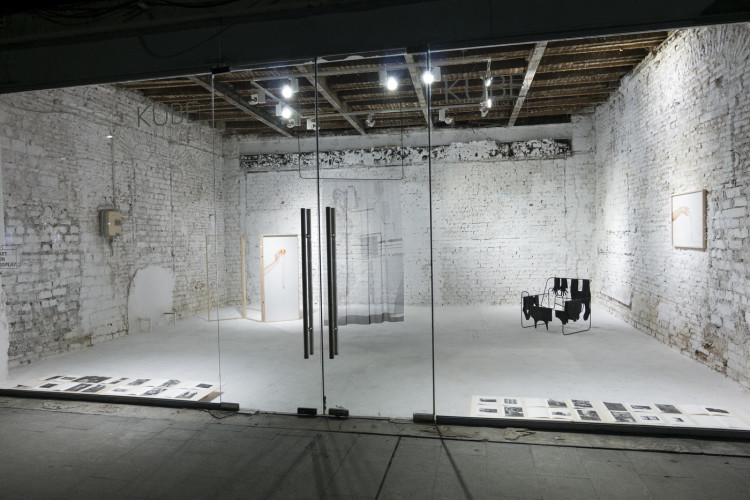

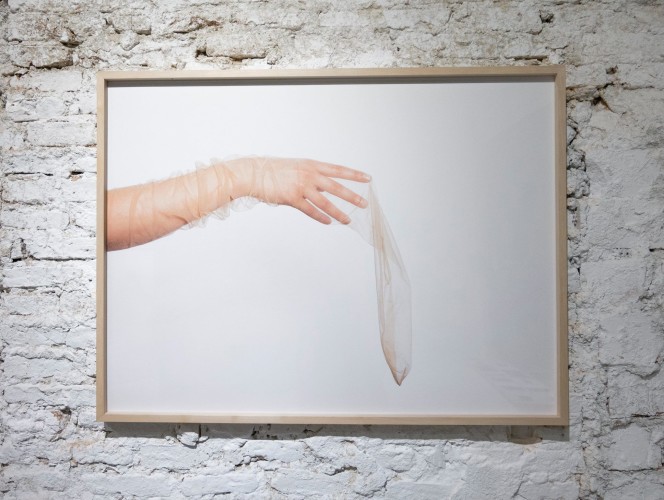

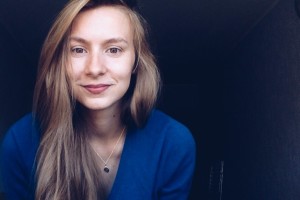
Comments are closed here.